Continuing our Flower Power series… Maple
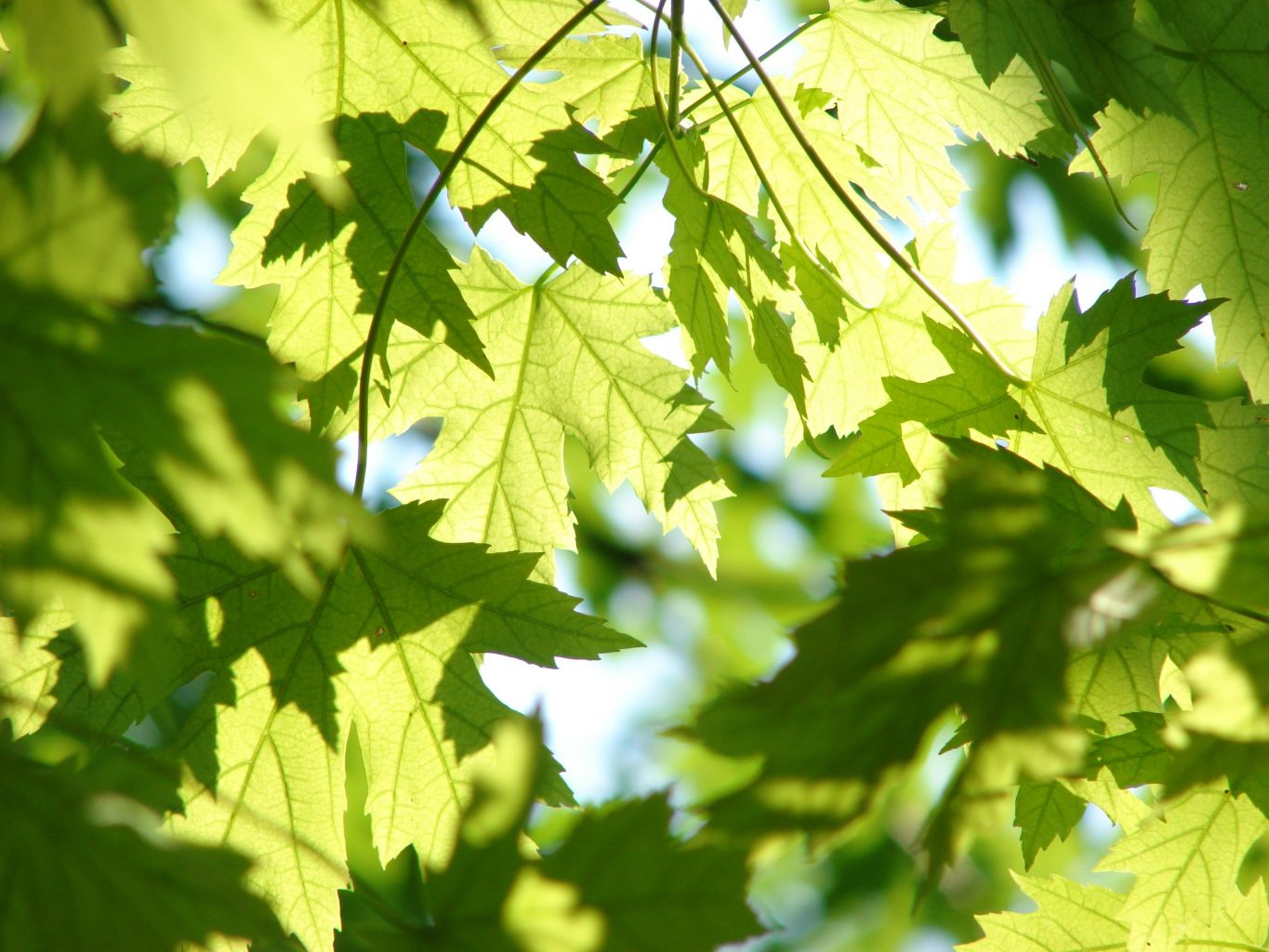
Maple trees are of the genus Acer and the family name is Sapindaceae, also known as the soapberry family (which includes horse chestnut and lychee). There about 130 species of maple, most of them originating in Asia but also found in North America, Europe, and North Africa (only one species has its origin in the Southern Hemisphere).
Maple trees are exceptionally beautiful, making them among the most popular ornamental and shade trees. They are also fairly easy to grow, requiring little attention once they are established.
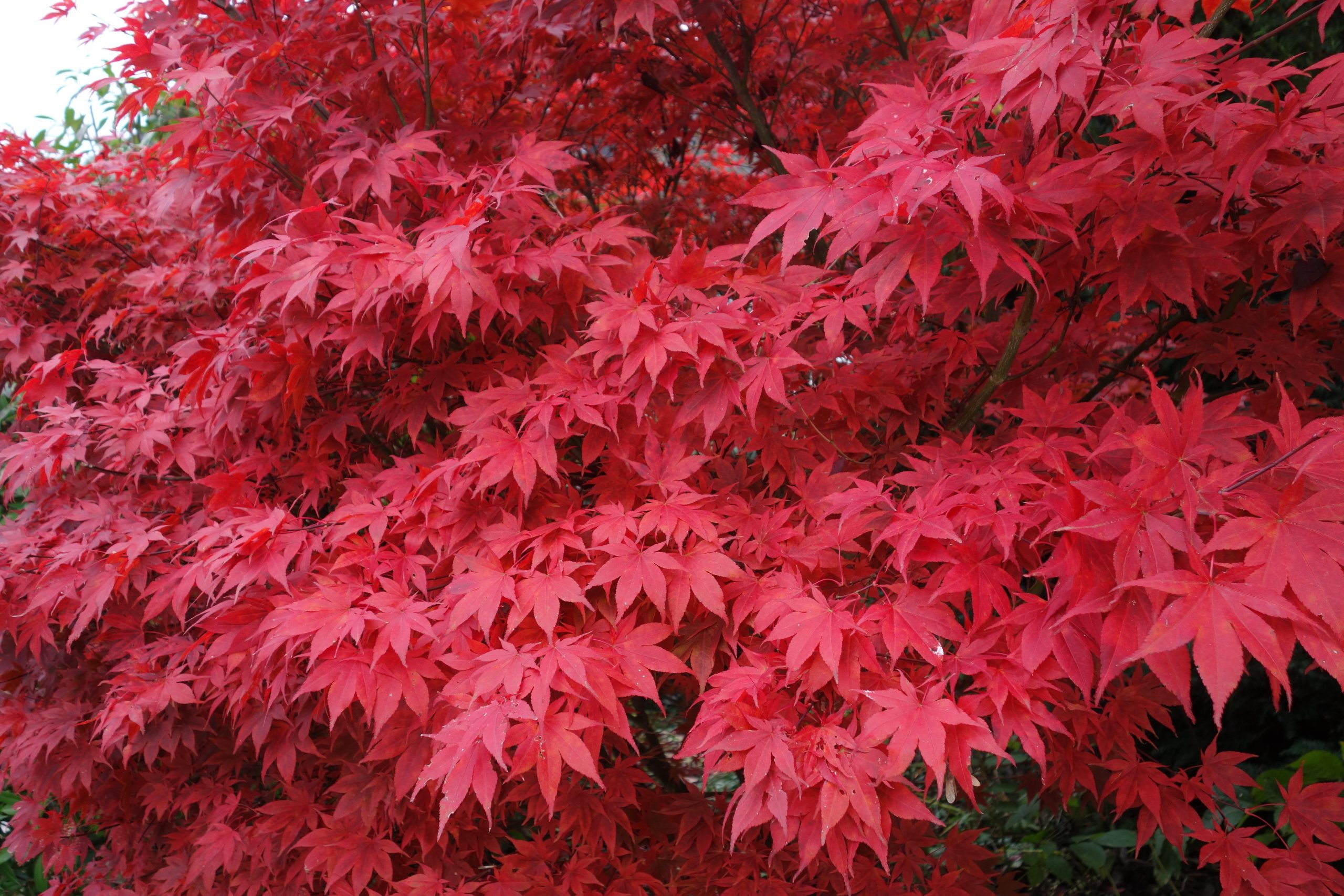
With so many species, it is not surprising that there are a great many variations in appearance and functionality. Most maples are trees (33–148 ft. high) but some are shrubs.
The smallest of the species are said to be varieties of the Dwarf Japanese maples (Acer palmatum) where the range is 3 to 8 feet tall. Native to Japan and other East Asian locations, the Dwarf varieties are specifically bred for their beauty, small size and slower growth rate. Their shapes and textures add a touch of elegance to even the tightest of spaces.
The bigleaf maples (Acer macrophyllum) are the tallest maple in North America, reaching well over 100 feet, with an average lifespan of 200 years. They are a long-lived deciduous native of the low and mid elevations of the southwest corner of British Columbia, extending all the way down the west coast to San Diego.
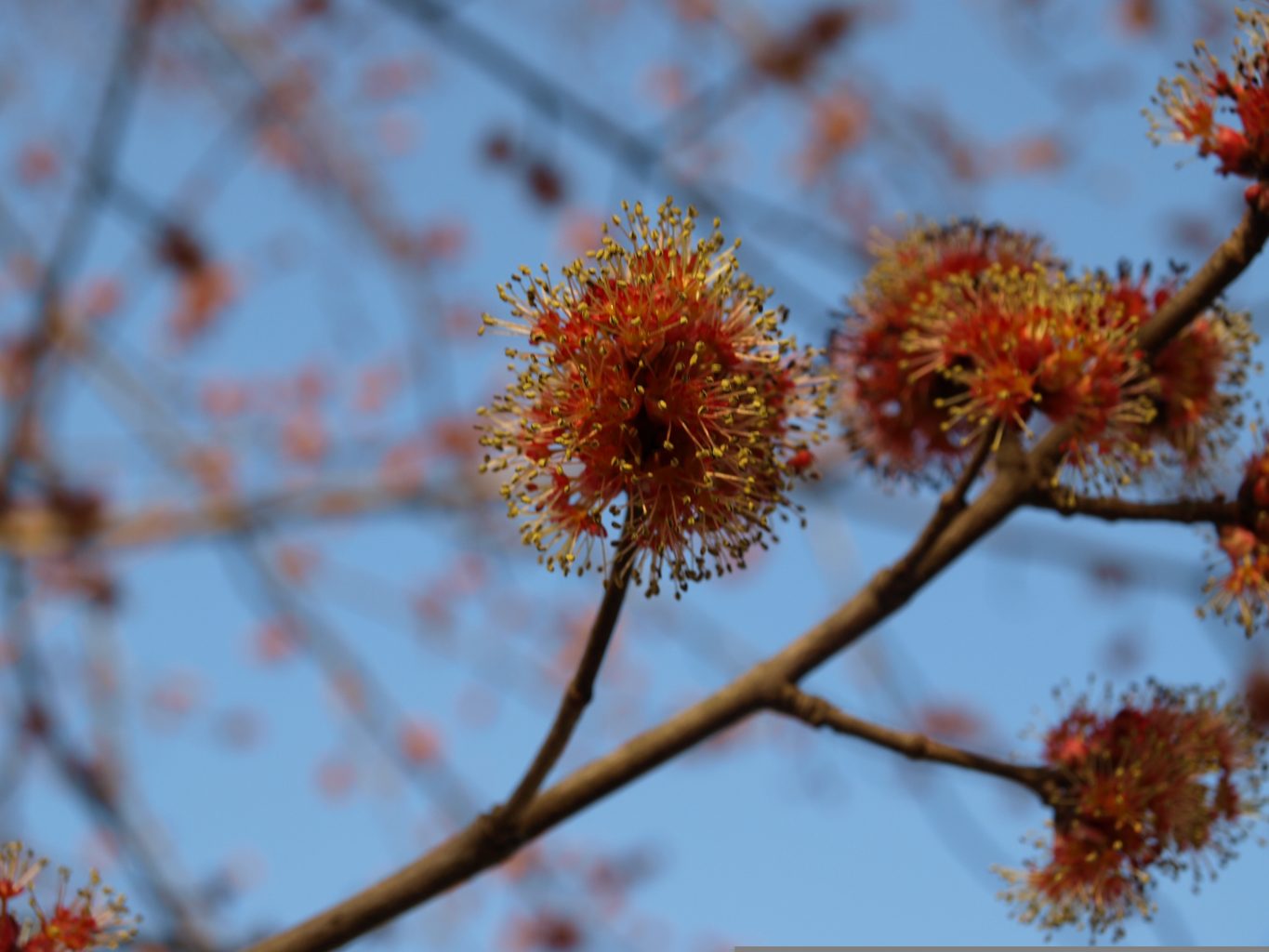
Maple flowers come in many shapes and colors such as red, orange, yellow and green. Each individual flower may be tiny but, as is the case with some species, having an entire tree full of these blooms can be an arresting sight.
The canopy of the Red Maple (Acer rubrum) tree takes on a subtle red cast, even before the leaves start to unfurl and the twigs begin to look swollen. The flowers start out as tight red buds which expand, exposing the flowers. As the flowers unfurl, they have the appearance of pom-poms (see image above). The male trees develop the pollen-laden flowers while the female flowers develop into seeds (samaras) once they are pollinated. The pollination occurs via wind movement as opposed to insect activity (due to the early time of year).
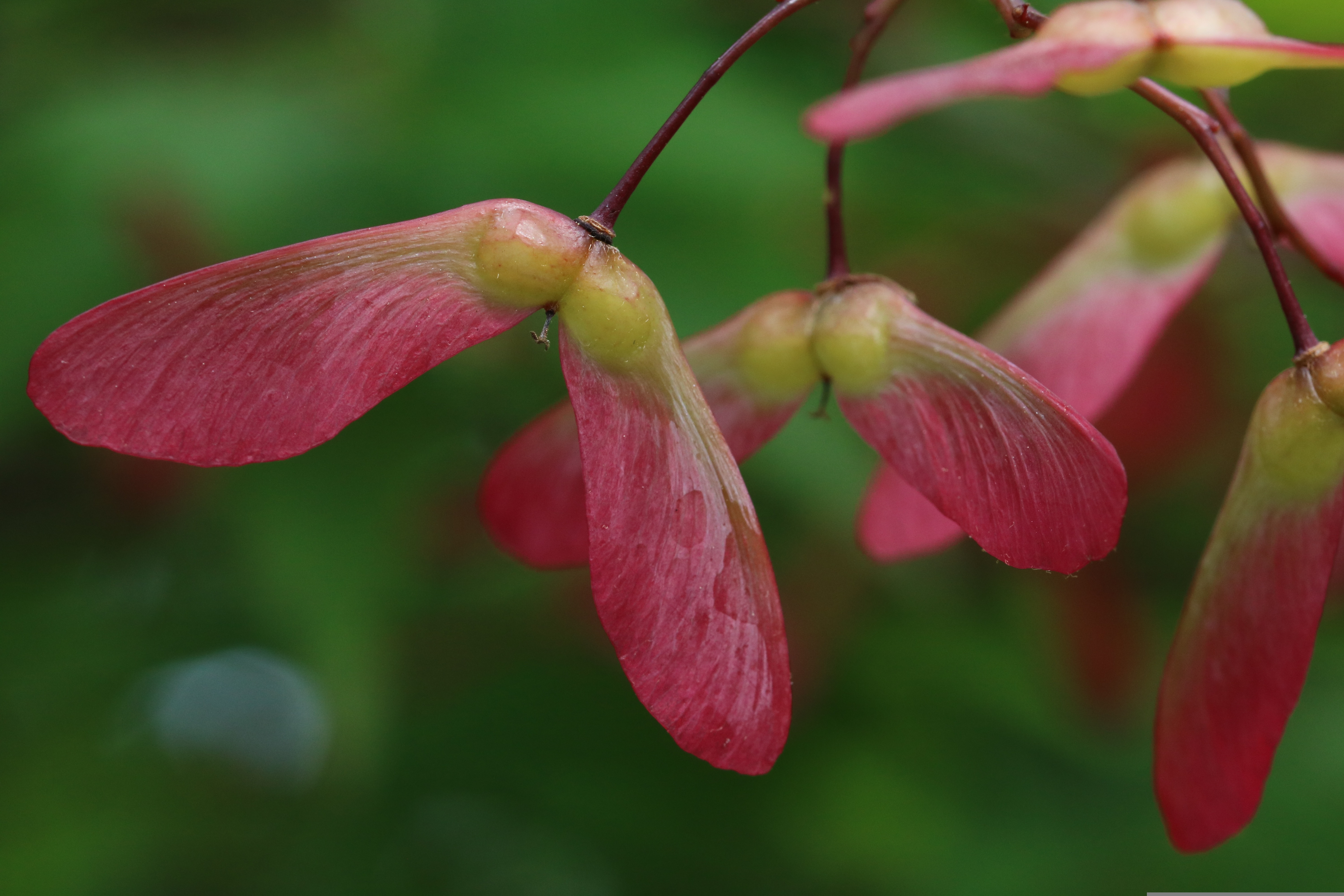
Those familiar little whirligigs, the helicopter-seeds performing their seasonal twirl, come from maple trees (as well as a few others such as ash or elm). The whirligig, called a “samara”, consists of a seed surrounded by a papery wing. These single or double papery wings allow for enhanced travel to spread the seeds, especially when the wind blows. They change to a straw color when mature. Samaras are actually a type of fruit but, unlike fruits such as apples, they are classified as a dry fruit.
Samaras are edible, many find them quite tasty while others call them bitter. They are packed with protein and carbohydrates. To get to the seed, you just peel off the outer casing. Some people prefer to eat the seeds straight from the casing while others gather them to boil or steam, adding spice, butter, or salt. They are sometimes added to various dishes or salads but may also be roasted or even dried and ground into flour.
The Red Maple (Acer rubrum) fruit (image above) is an example of a two-winged samara in a reddish color. Silver Maple (Acer saccharinum) is a tree especially valued for its help with erosion control as it has the ability to live in standing water for long periods. The Silver Maple has greenish-yellow-to-red flowers which evolve into beautiful double-winged greenish, tan/gold samaras.
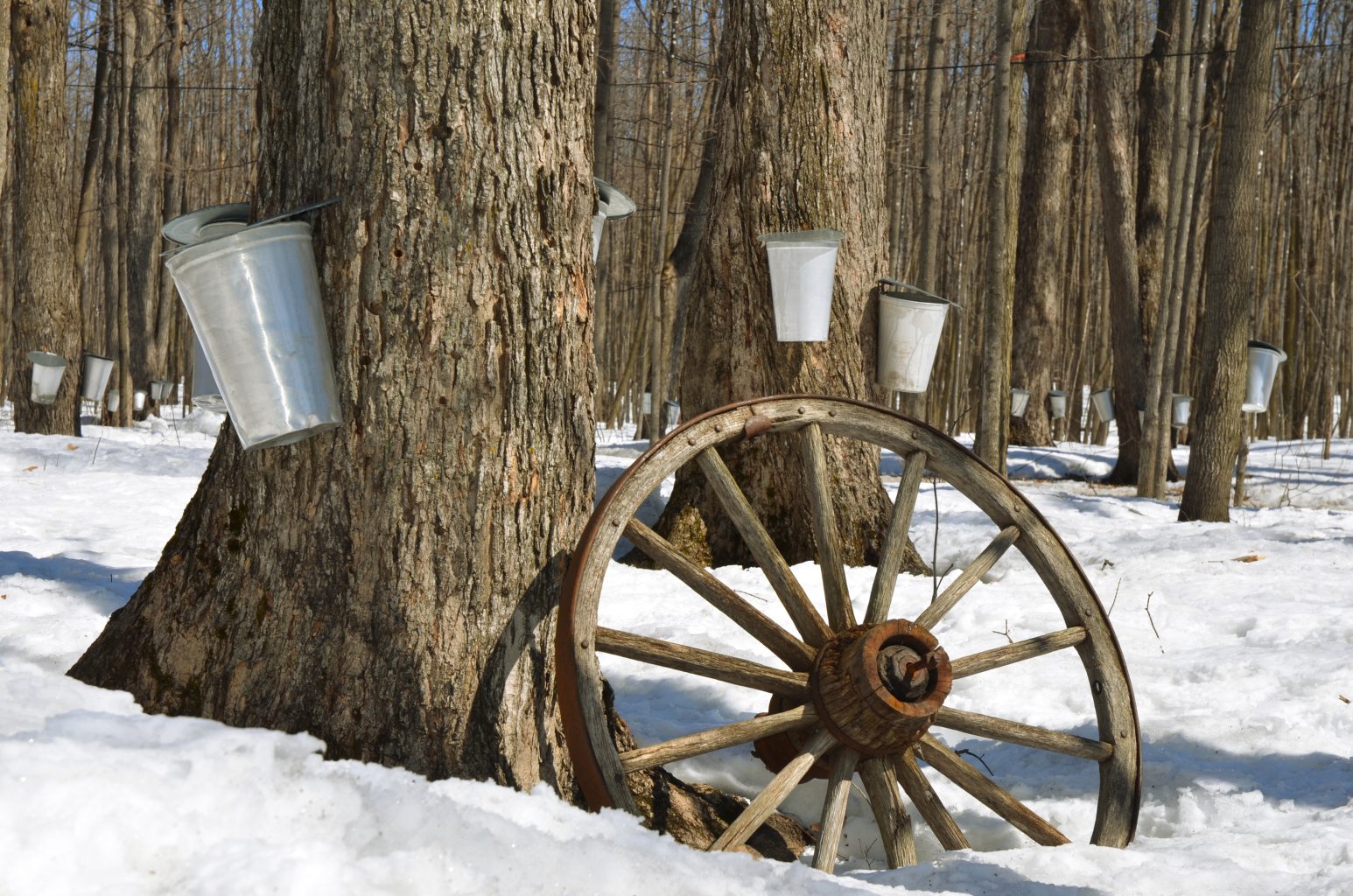
The maple is prized by many cultures, but it is especially distinguished as a national symbol in Canada. The Red Maple (Acer rubrum) leaf was incorporated into the distinctive red maple leaf flag in 1965. This flag is intended to represent the country’s internal unity, independence and unique identity on the world stage.
Another symbol of national importance, woven into the Canadian identity, is maple syrup. The Sugar maple (Acer saccharum) has the highest sugar content within its sap of all the maple species. The sugar maple is also of great significance to the Indigenous people. For them, the sugar maple reinforced the connection between the people and the land. The annual cycles of sap flowing were said to reflect the concepts of renewal and the cycle of life.
The oldest sugar maple in Canada is estimated to be over 500 years old with a trunk circumference of 20 feet. Located in the Niagara region of Ontario, the property it resides on was bought by Robert Comfort in 1816. It is believed to mark an ancient Indigenous burial ground. The land was donated by the family in 1961 to the province’s Conservation Authority.
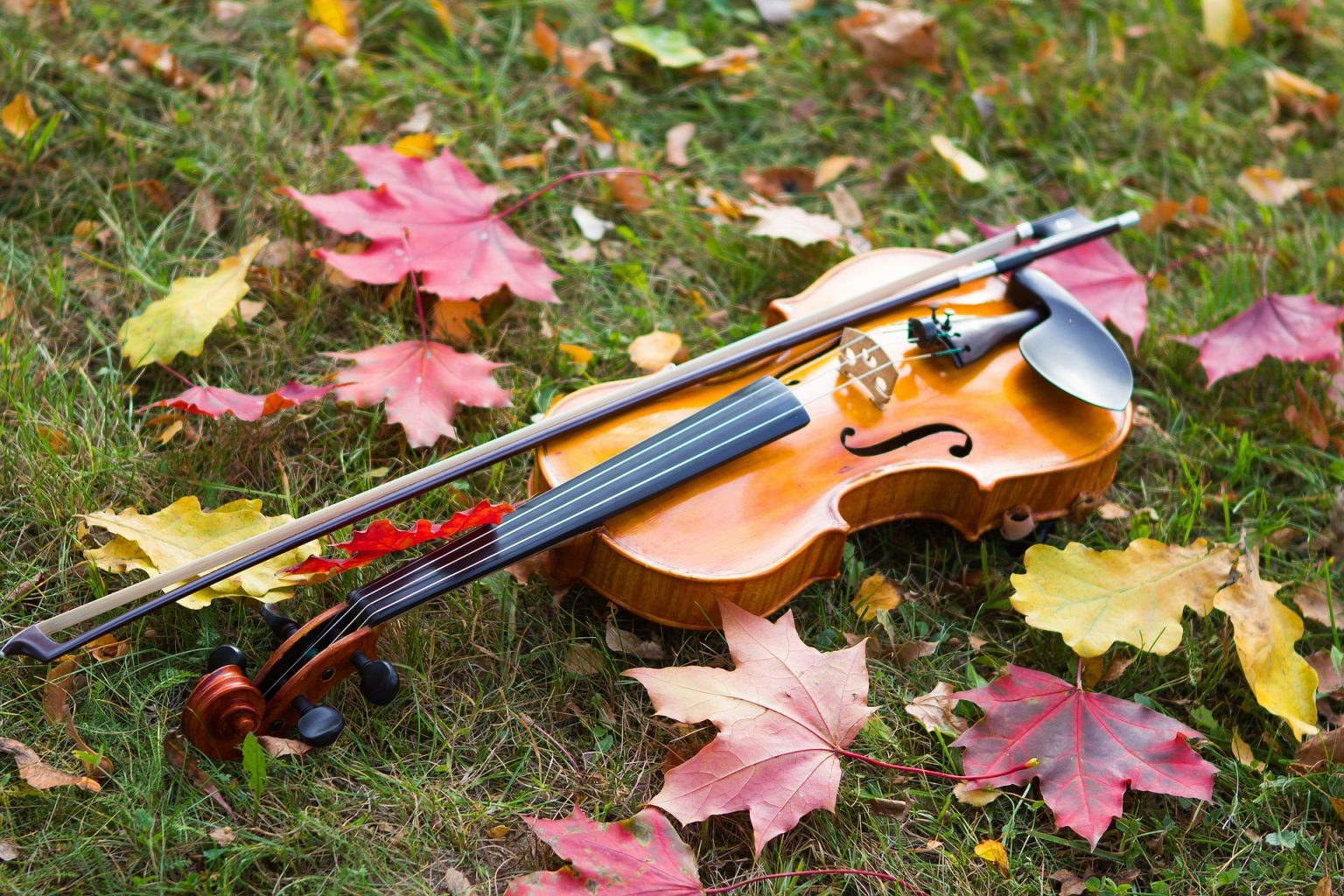
Tonewood is the word used to define a type of wood that carries sound waves well. It takes several types of wood to make fine stringed instruments but maple, which has much to do with sound resonance, is one of the hardest and most stable of the tonewoods. The beauty of the finished maple wood provides an added aesthetic value.
Western bigleaf (Acer macrophyllum) and Eastern hard rock (Acer saccharum) are two types of maple species often utilized as a tonewood. The Italian violin makers Stradivari and Guameri most probably used Bosnian Maple. Norway Maple is also traditionally utilized in crafting components of violins, violas, double basses, and cellos.
Most electric guitars (such as Fender) feature maple necks. Les Paul, the pioneer of the solid-body electric guitar, once attempted to use maple wood for the entire instrument but had to abandon the idea because the weight of the wood made the guitar impractical.
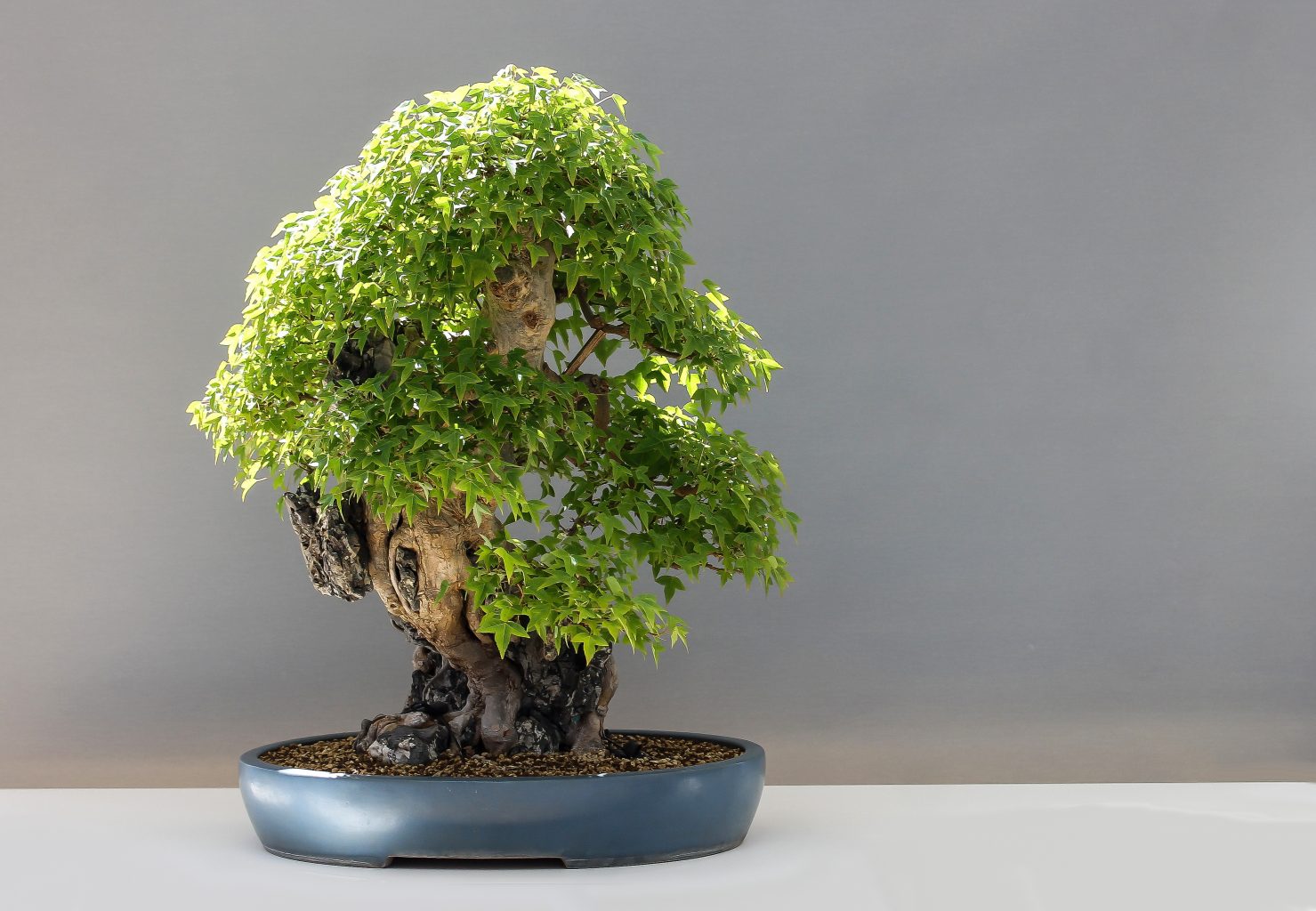
The word “Bonsai” comes from the Japanese term which translates to “planted in a pot or container”. It is an art form which originated from ancient Chinese horticulture and then redeveloped within Japanese Zen Buddhism. With a history of over 1,300 years, Bonsai uses techniques such as pruning and wiring branches to create a miniature but realistic representation of nature in the form of a tree. Depending on the species, most bonsai trees vary from 6 inches to 3 feet. The goal is to achieve replication without clearly displaying that there was human intervention in the process.
Within the bonsai world maples are referred to as Acers and considered one of the most prized trees. Maples display the magnificence of seasonal change: bare branches in winter, spectacular, colorful budding in the spring, rich foliage in summer and the vibrant but delicate coloring of leaves before they fall in the autumn.
Bonsai symbolism varies among different culture and beliefs, but it is generally associated with harmony, balance, inner peace and positivity. Zen Buddhists, for example, value them as the object of focus during meditation. Gifting a bonsai tree is said to be an expression of great respect for a friend or loved one. They are better gifted, however, to those who are patient and work well with plants as they require years of persistent attention.
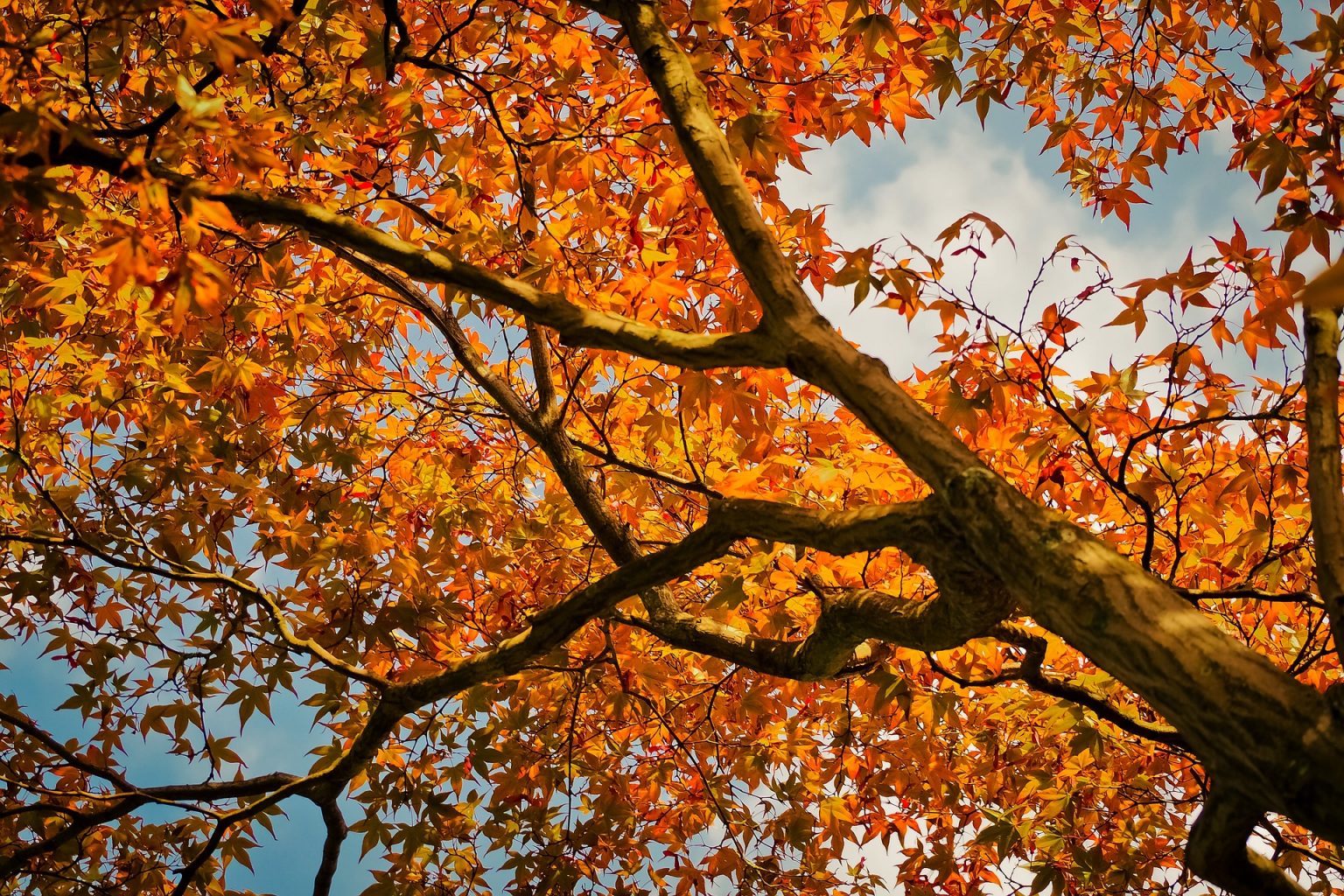
In order to remain consistent, a self-cultivation practice needs to be not only pleasant, but also manageable. It might be helpful to think of a daily practice such as interaction with the plant world as a Bonsai-type connection. It doesn’t need to be a huge project. A little “pruning” of pre-occupation, a little “wiring” to move our physical presence toward contact with the plant world, some consistency of time/attention and we could carry the beauty and intimacy of a “Bonsai-sized connection” within us.
After more than a thousand words in this article, the breadth and depth of the world encompassed by the Maple tree has not even been scratched. Their benevolent presence graces our world on a scale beyond what most of us may imagine.
